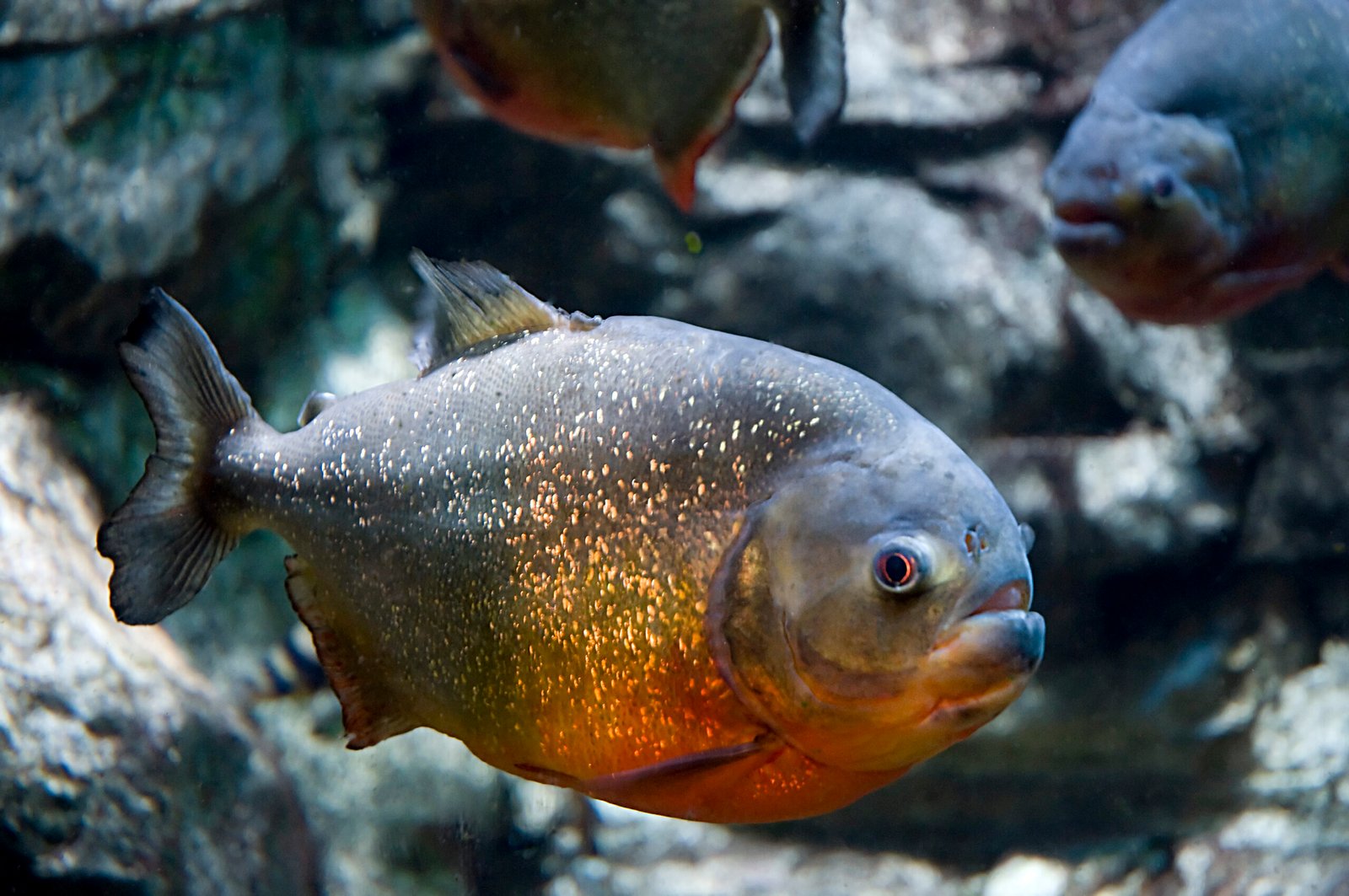Imagine bringing home a shimmering aquatic wonder, only to discover your dream pet is actually a ticking time bomb for disaster. It’s shocking how many stunning creatures end up in tanks they simply can’t survive in—or worse, cause mayhem and heartbreak along the way. If you’re an aquatic creature lover, you know the thrill of watching your underwater world come alive. But sometimes, our fascination can lead us to make choices that aren’t fair to the animals or ourselves. Here are eight incredible aquatic creatures that absolutely do not belong in your living room tank—no matter how tempting it might be.
Asian Arowana: The Unattainable Dragon
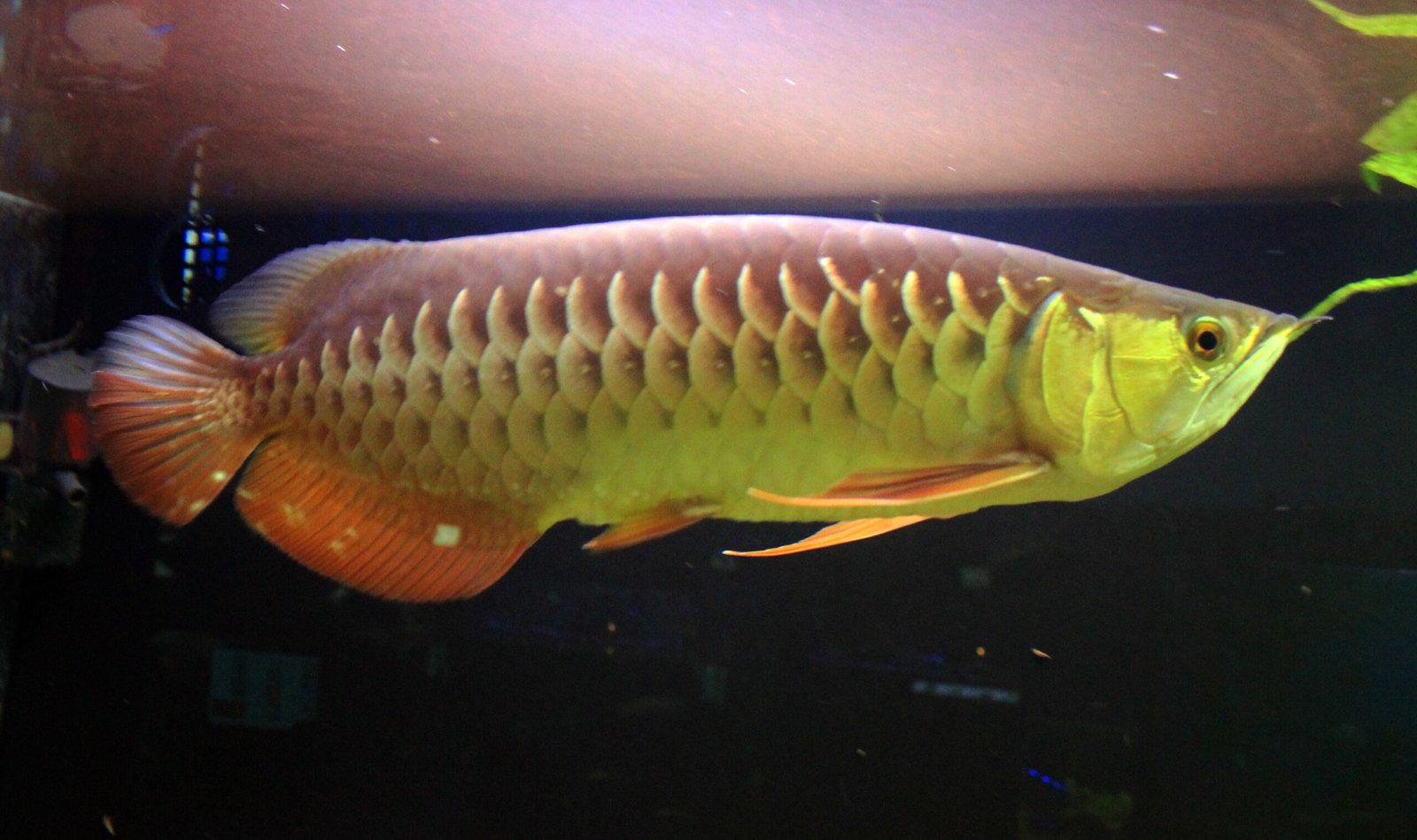
The Asian Arowana, often called the “dragon fish,” is a breathtaking sight. Its metallic scales and regal swim make it a prized possession in some cultures, believed to bring good luck. But before you get swept up in its beauty, it’s crucial to know that keeping one in a home tank is not just difficult—it’s almost impossible for the average aquarist. These fish can grow up to three feet long, requiring enormous tanks—think hundreds of gallons. Most home setups are simply too small, causing stress, stunted growth, and even early death.
Beyond size, Asian Arowanas are notoriously aggressive, especially toward other fish. They’re jumpers too, often launching themselves out of poorly covered tanks. Worse, international trade in these fish is heavily regulated due to their endangered status. Buying or selling them without proper paperwork can land you hefty fines or legal trouble. In short, keeping an Asian Arowana at home is not just a challenge—it’s a risk to both the fish and the owner.
Red-Bellied Piranha: The Misunderstood Menace
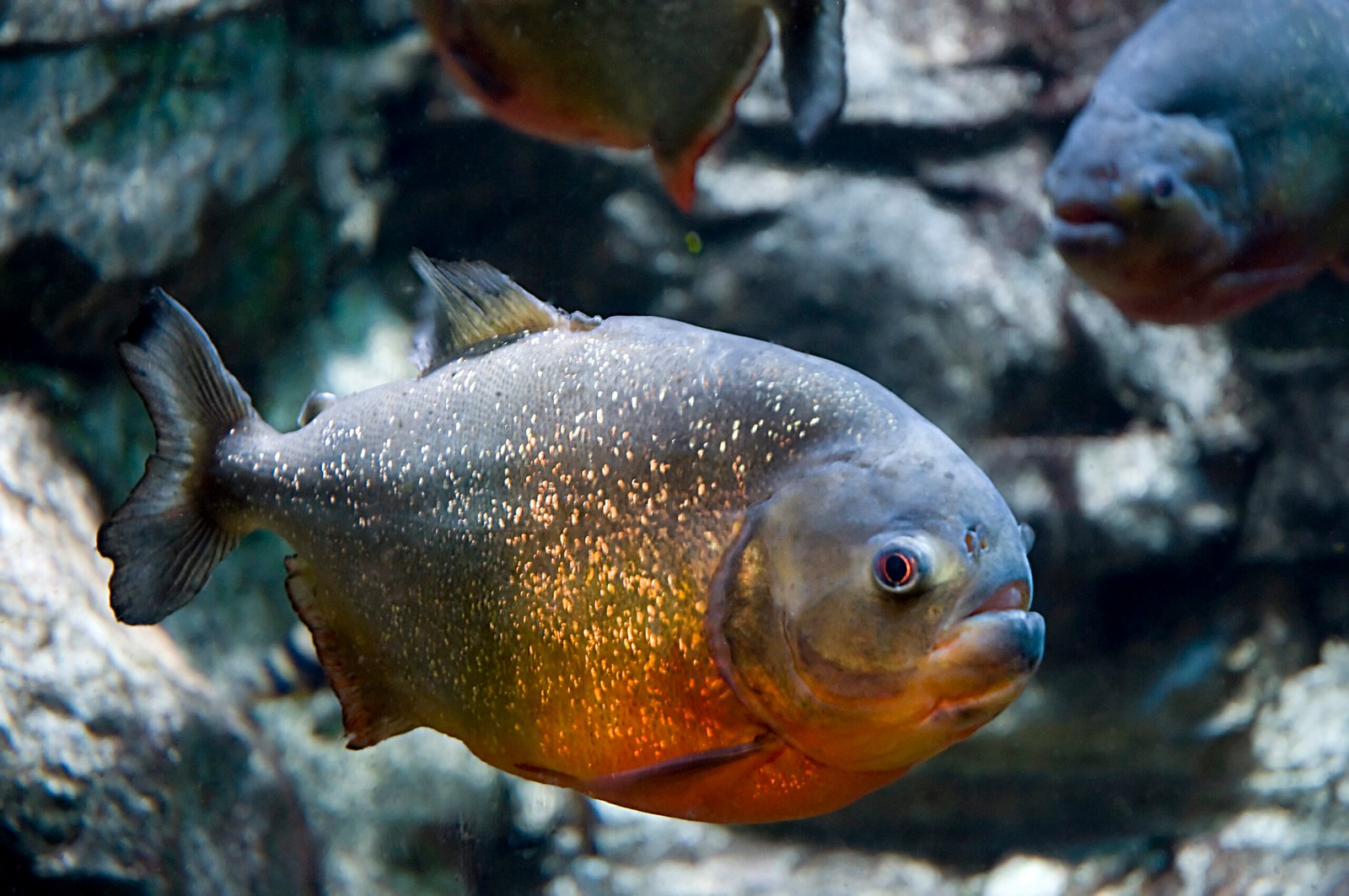
Few fish inspire as much fear and fascination as the red-bellied piranha. Their razor-sharp teeth and reputation as ferocious predators make them a popular, if controversial, choice for thrill-seeking aquarists. But the reality of keeping piranhas at home is far less glamorous. In the wild, these fish roam in large schools across vast rivers, hunting and socializing in complex ways. In a cramped tank, they become anxious, stressed, and prone to sudden, unpredictable aggression—even toward each other.
Red-bellied piranhas require strict water conditions and a carefully controlled diet. A single mistake can lead to disease or violent outbursts. Plus, their bite is no joke—accidental injuries during tank maintenance are more common than you’d think. Many places have banned piranhas to protect both people and local ecosystems. Keeping them at home isn’t just dangerous; it’s also unfair to these misunderstood and highly social fish.
Freshwater Stingrays: Graceful, But Deadly
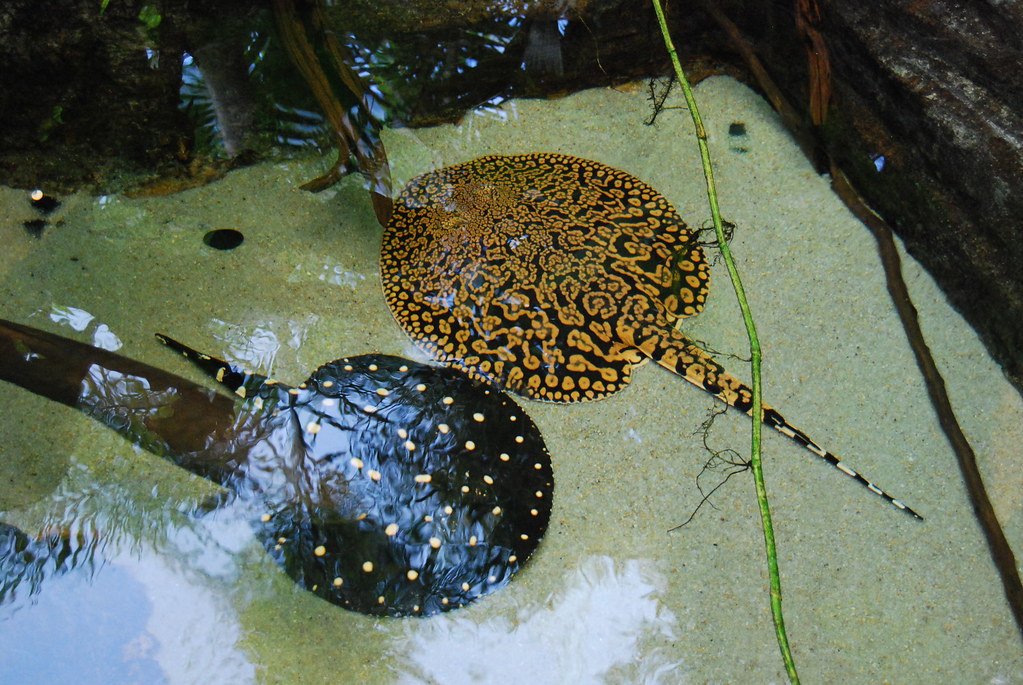
There’s something mesmerizing about a stingray gliding through the water. Freshwater stingrays, with their undulating fins and soulful eyes, seem like the perfect showpiece for an exotic tank. But looks can be dangerously deceiving. These rays grow much larger than most beginners expect—often surpassing two feet across—and need enormous, meticulously maintained tanks with lots of open space and clean sand.
What makes them especially risky, though, is their venomous stinger. Accidental stings can cause agonizing pain and even serious medical emergencies. Their sensitivity to water quality also means even a minor lapse can spell disaster. In captivity, they’re prone to stress, disease, and shortened lifespans. For the safety of both the fish and the keeper, freshwater stingrays are best admired in public aquariums, not home setups.
Giant Gourami: Gentle Giants Turned Tank Wreckers
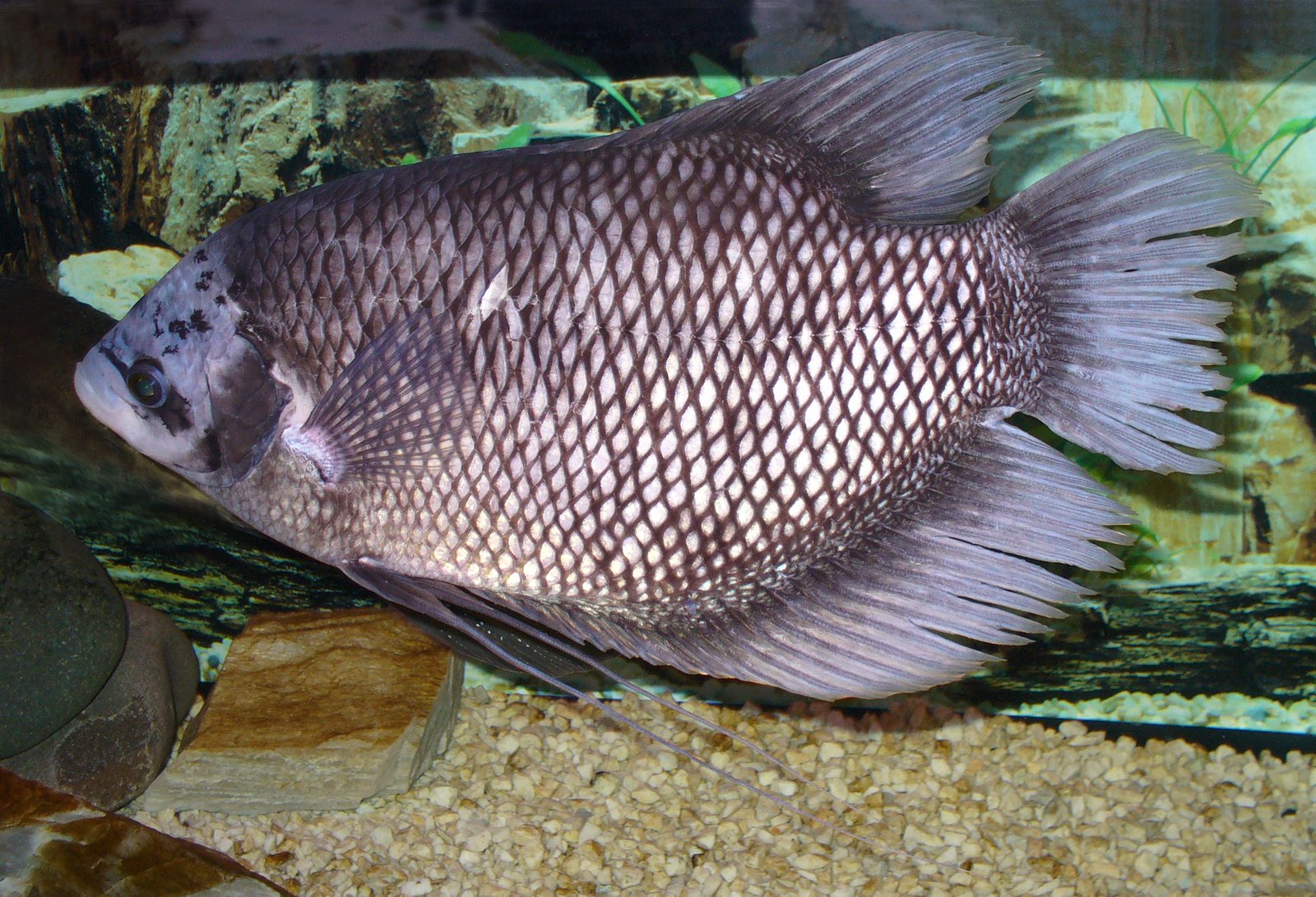
At first glance, the giant gourami looks like an oversized version of its peaceful relatives. Their calm demeanor and curious faces make them seem like gentle giants. But the truth is, these fish grow shockingly fast, reaching sizes of up to two feet or more. A tank that seemed spacious one year quickly becomes cramped and unhealthy as the fish outgrows its home.
Giant gouramis are also notorious for redecorating their tanks—often uprooting plants, moving decorations, and occasionally bullying smaller tank mates. Their voracious appetites produce a heavy bioload, making water quality a constant challenge. In small tanks, these fish suffer from stunted growth, obesity, and stress. Most home aquarists simply can’t keep up with their needs, turning these once-gentle giants into sources of endless frustration and heartbreak.
Giant Mekong Catfish: A River Monster in Your Living Room?

The Mekong giant catfish is a true legend—a freshwater behemoth that can grow to over 10 feet long and weigh hundreds of pounds. It’s easy to see why some aquatic enthusiasts are drawn to their awe-inspiring size and gentle nature. But the idea of keeping one in a home tank is not just unrealistic—it’s downright impossible. These fish are meant for the open rivers of Southeast Asia, not glass boxes.
Even young Mekong catfish quickly outgrow standard tanks, needing thousands of gallons to live healthy lives. Their huge appetites and waste production can overwhelm filtration systems, leading to toxic water conditions. Attempts to confine them to home aquariums almost always end in tragedy, with the fish suffering from deformities, illness, and early death. The only place to truly appreciate these giants is in their natural river habitats or in massive public aquariums.
Green Moray Eel: Escape Artists With a Bite
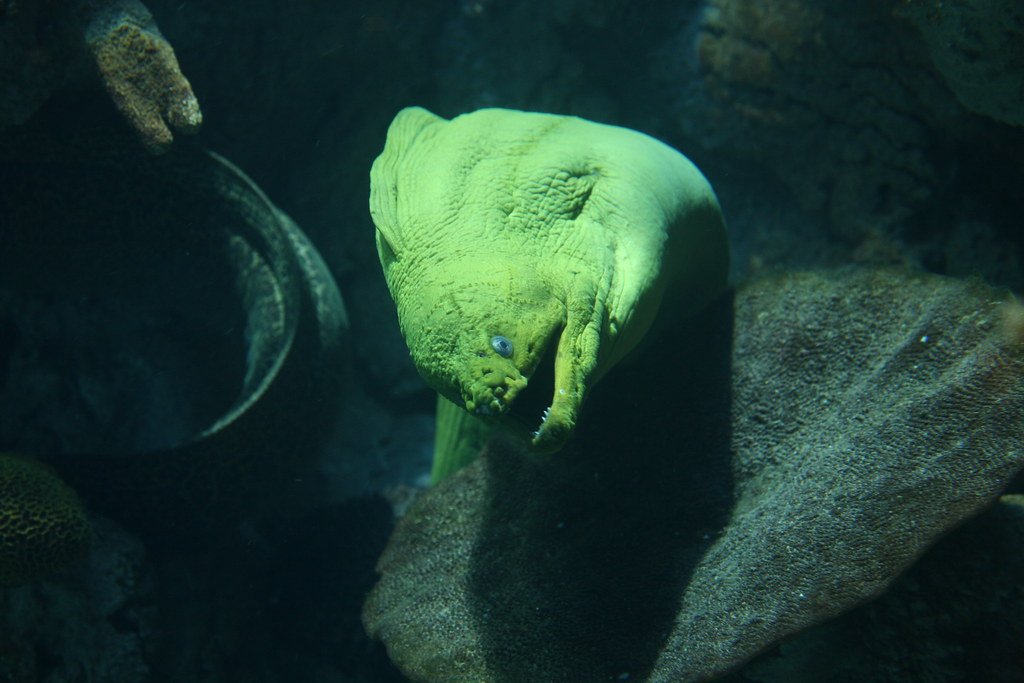
Green moray eels are the stuff of legends—sleek, sinuous, and unmistakably intimidating. Their emerald glow and mysterious movements attract aquarists looking for something extraordinary. But bringing one home is a slippery slope to disaster. These eels can grow up to eight feet long, requiring tanks that only professionals can provide. Even then, they’re notorious escape artists, squeezing through the tiniest gaps to explore the outside world—often with fatal results.
Moray eels are also powerful predators. They can and will eat almost anything they can fit in their mouths, including tank mates. Handling them is risky; their bites are strong and can cause serious injuries. The stress of captivity can make them even more aggressive or withdrawn. For most people, the risks and challenges far outweigh any thrill of keeping a green moray eel at home.
Blue-Ringed Octopus: Tiny, Deadly, and Not for Tanks
It’s hard to believe that something so small and beautiful could be so dangerous. The blue-ringed octopus, with its vibrant colors and hypnotic rings, is one of the deadliest sea creatures on earth. Its venom can kill a human in minutes—and there’s no antidote. Even a minor mishap during tank cleaning could have catastrophic consequences.
But venom isn’t the only issue. Blue-ringed octopuses are escape artists, able to squeeze through the smallest cracks and vanish from tanks. They’re also short-lived and extremely sensitive to water conditions, making them nearly impossible to keep healthy in captivity. Their complex needs and deadly potential make them a clear “no” for any home aquarium, no matter how experienced the owner.
Irrawaddy Dolphin: The Ultimate No-Go
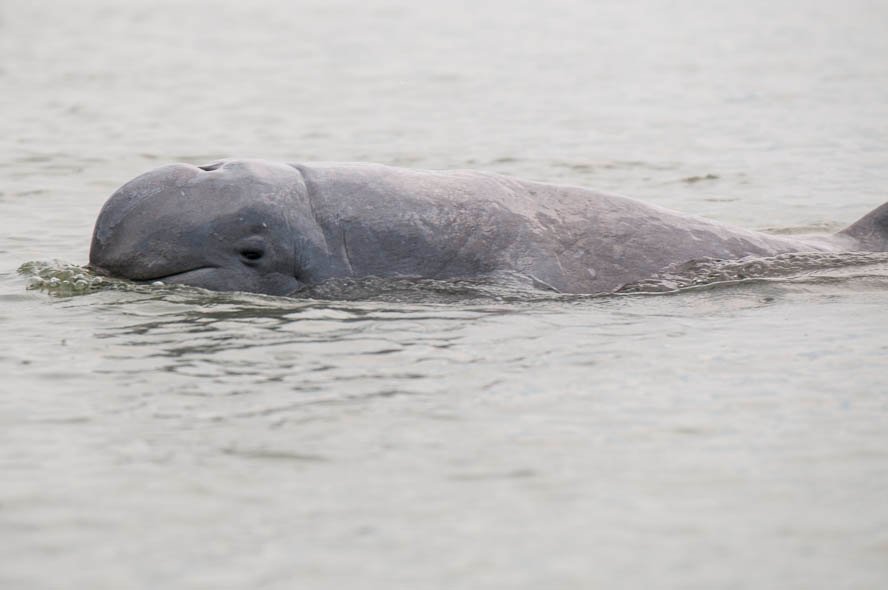
The Irrawaddy dolphin is a symbol of mystery and grace, with its rounded forehead and gentle smile. Some aquatic lovers have fantasized about keeping these dolphins in captivity, but the reality is heartbreaking. Irrawaddy dolphins are highly intelligent and social, needing vast river systems and complex social structures to thrive. No home tank, no matter how large, can even begin to meet their needs.
Attempts to keep dolphins in captivity often end in tragedy, with the animals suffering from stress, illness, and drastically shortened lifespans. These creatures are best left in the wild, where they can roam free and interact naturally. If you’re dreaming of sharing your life with a dolphin, the most responsible thing you can do is support conservation efforts and admire them from afar.
While home aquariums can be beautiful and enriching, not all aquatic creatures are suited for life in a tank. The eight species in this list may be stunning or fascinating, but their size, behavior, environmental needs, or potential danger make them unsuitable for captivity. Keeping them at home often leads to stress, poor health, and ethical concerns—not to mention risks for the owner. Responsible pet ownership means choosing species that can truly thrive in the space and care you can provide. In the end, respecting an animal’s natural needs is the most humane—and rewarding—choice you can make.

Esther is from India; the heartbeat of South Asia, holding a Master’s degree in Zoology and a postgraduate diploma in Animal Welfare. Her enthusiasm for animal welfare drives her passion and dedication to working for animals, ensuring their well-being, and advocating for their rights. With a solid academic background and hands-on experience, she is committed to making a positive impact in the field of animal welfare. In her free time, she enjoys embroidery and sewing. As a Chennaite from Tamil Nadu, Esther loves Bharathanatyam, an Indian classical dance form.

